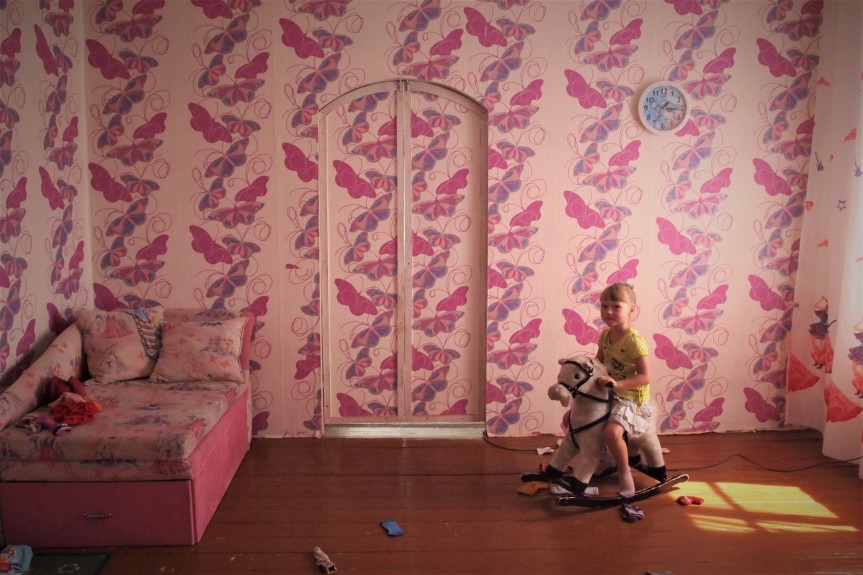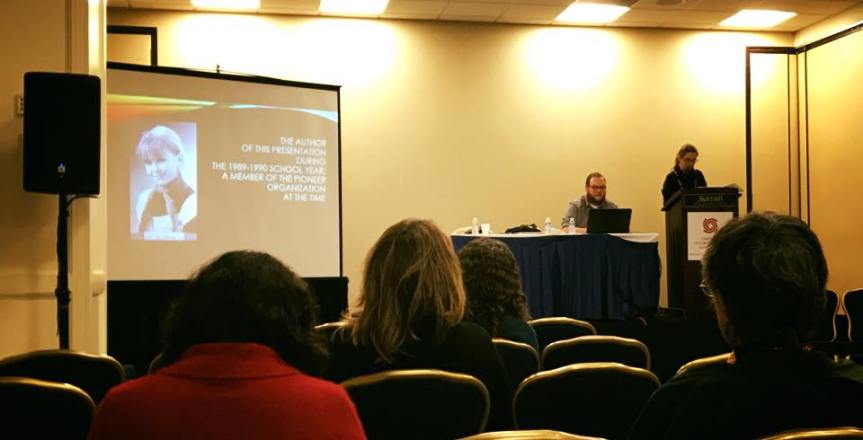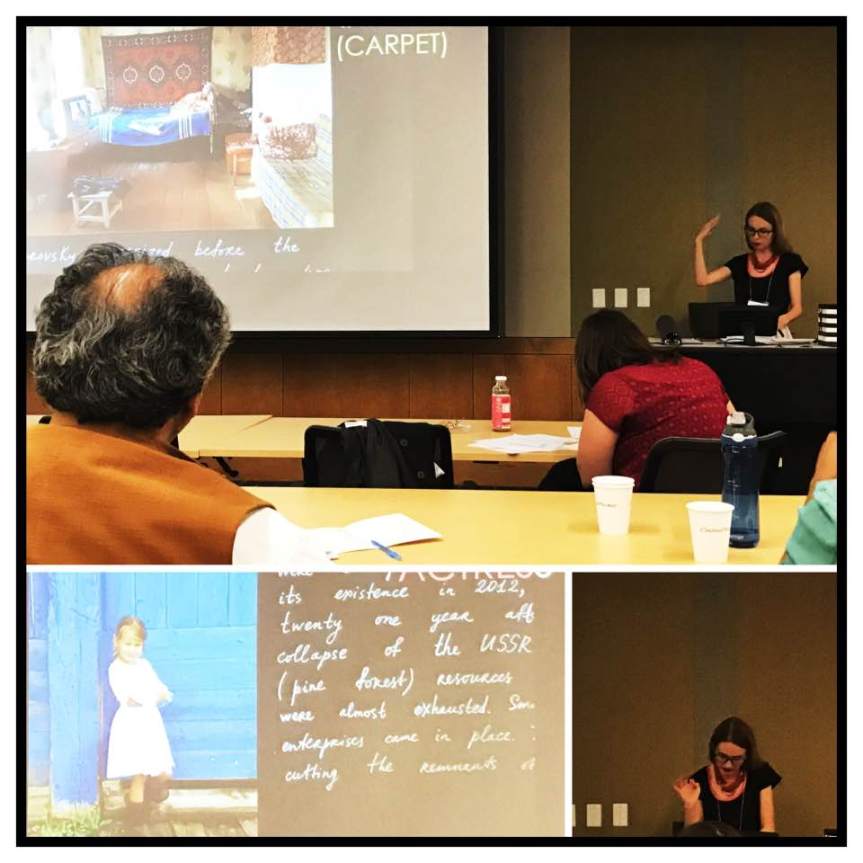I rarely read with pleasure for the sake of reading, for the sake of enjoyment. More often I read because I need to read in general (my soul demands) or I need to have a concrete text read. It does not mean I do not derive a pleasure from the process but it does mean that I am not enjoying it for the process’s sake. However, sometimes (rarely), I do enjoy reading in the plainest way imaginable. It is this state, familiar to the readers when you are reading and forgetting the fact that you are reading. You are somewhere else, in a kind of meditation but also existing somewhere in between the immediate reality that surrounds you and in the dreamworld of the book. Lately, bell hooks’ All About Love produced such an impression on me. I could not deny myself a pleasure to type some of the things that struck me in particular from the book. I present here a collection of quotes alternating with my comments.
bell hooks, All About Love. William Morrow: An Imprint of HarperCollinsPublishers. 2000.
Longing
“I have had a taste of true love. That experience intensifies my longing and my desire to search.”
—bell hooks, 180
~
She’s a prophetess. It’s a gospel in her mouth.
Confidence
Poignant, and, I don’t like the word but cannot think of an analogy, em-po-we-ring. Brutally empowering, almost against your will, by tapping into childhood memories when you knew you can do everything:
“When writing poetry in my girlhood, I felt the same confidence I would come to see in my adult life only in male writers.” (xxi)
Remember that?
Cynicism
“Ultimately, cynicism is the great mask of the disappointment and betrayed heart.” (xviii)
Risks
“So many of us long for love but lack the courage to take risks.” bell hooks, 11.
Love
“If we were constantly remembering that love is as love does, we would not use the word [love] in a manner that devalues and degrades its meaning.” bell hooks, 14
*
“The heart of justice is truth telling, seeing ourselves and the world the way it is rather than the way we want it to be.”
—bell hooks (33)
*
“Widespread cultural acceptance of lying is a primary reason many of us will never know love. It is impossible to nurture one’s own or another’s spiritual growth when the core of one’s being and identity is shrouded in secrecy and lies.”
—bell hooks, 46
My Mom
So much of the work and love given by women goes unacknowledged and unappreciated. I myself am bad at acknowledging and appreciating of love and labor that I am benefiting from tremendously and blindly. I will never be able to express how grateful I am to my mom for everything she’s done for me and continues doing without even being asked. But I will go on trying.
Craving
“Fixating on wants and needs, which consumerism encourages us to do, promotes a psychological state of endless craving.”
—bell hooks, 111
Withholding
“I have had great sex with men who were intimate terrorists, men who seduce and attract by giving you just what you feel your heart needs ten gradually or abruptly withholding it once they have gained your trust.”
—bell hooks, 176
I have a theory why this happens. The game loses its appeal once it’s won. They are simply done with you; they could no more force themselves to continue than they could fly. I had myself irreversibly lost interest in people: one day you talk, another day your mind is not there; it has turned to other matters. If you try to drag yourself through a process, continuing the conversation, you’ll lose patience and will hate the other person and yourself. This loss of interest does not vindicate you from responsibility but it explains the mechanics, I believe.
Effort
“Many people want love to function like a drug, giving them an immediate and sustained high. They want to do nothing, just passively receive the good feeling. In patriarchal culture men are especially inclined to see love as something they should receive without expending effort.”
—bell hooks, 114
Love
“When greedy consumption is the order of the day, dehumanization becomes acceptable. Then, treating people like objects is not only acceptable but is required behavior. It’s the culture of exchange, the tyranny of marketplace values. These values inform attitudes about love. Cynicism about love leads young adults to believe there is no love to be found and that relationships are needed only to the extent that they satisfy desires. How many times do we hear someone say “Well, if that person is not satisfying your needs you should get rid of them?” Relationships are treated like Dixie cups. They are the same. They are disposable.”
—bell hooks, 115-116
Hooks’ is a powerful disavowal of the consumerist world. So potent and poignant, I am thrilled. I am thinking about my Siberian rural place where love is treated differently. Trying to think what my research can really bring. Trying to locate where the thirst is. Love is a cultural concept. Love is a cultural thing.
Forgiving
“Forgiving means that I am able to see her as a member of my community still, one who has a place in my heart should she wish to claim it.”
—bell hooks, 140
Task
“Initially, as a young militant feminist, I was thrilled to find a man who was not into being a patriarch. And even the task of dragging him kicking and screaming into adulthood seemed worthwhile.”
—bell hooks, 150
Paradise
“When love’s promise has never been fulfilled in our lives it is perhaps the most difficult practice of love to trust that the passage through the painful abyss leads to paradise.”
—bell hooks, 160
Christian beliefs are so misleading they dim the brightest sights.
Forgiveness
My mom often repeated: “A woman can forgive anything except for a lack of love.” I don’t know if this is so, nor do I know what exactly it means, but it always sounded compelling to me, as something worth unpacking.
The Love We Want but are Not Prepared to Give
“To return to love, to get the love we always wanted but never had, to have the love we want but are not prepared to give, we seek romantic relationships.”
—bell hooks, 169
~
All About Love
It happens every so unoften that I am compelled to copy whole passages–and it is from bell hooks’ All About Love. I took this book on purpose as an antidote to a the male literature a lot of which I was reading and felt how it suffocates me with its ever-nuanced hints and unbreakable assumptions that are designed to make the reader believe that the white man is the paragon of creation and that women and people of color, women of color doubly so, are somehow inherently less human. I felt I was being poisoned and wanted to detox, but even knowing bell hooks’ writing already and knowing what she stands for as an author, I did not expect to find such an abundance of wisdom that addresses as if me directly.
“Our hearts connect with lots of folks in a lifetime but most of us will go to our graves with no experience of true love. This is in no way tragic, as most of us run the other way when true love comes near. Since true love sheds light on those aspects of ourselves we may wish to deny or hide, enabling us to see ourselves clearly and without shame, it is not surprising that so many individuals who say they want to know love turn away when such love beckons.” (186)
Love is a trial. It is impossible to sustain when we present what bell hooks calls “a false self, one we believe will be more appealing to the person we want to attract.” (184).
For the first time I think that I should write a treatise on love as opposed to the novel I have been thinking about (and even began writing).
Stranger to Death
“There is no one among us who is a stranger to death.”
—bell hooks, 199
Unworthy
“Embedded in our shame is always a sense of being unworthy. It separates. Compassion and forgiveness reconnect us.”
—bell hooks, 217
The sense of being unworthy will undermine all. It’s a serious flaw from which not only the individual but those who are around will suffer.
Overindulgence
“Estrangement from the realm of the senses is a direct product of overindulgence, of acquiring too much.”
—bell hooks, 218
~
Let us admit that Bell hooks is very didactic. She is a rhetorician of the gospel.
Earlier version of this blog post misspelled the name of the author as “Bell Hooks.” Corrected 4/14/2018
Additional omissions noticed and corrected 1/3/2019
In the photo: one of the Siberian little sightings




























